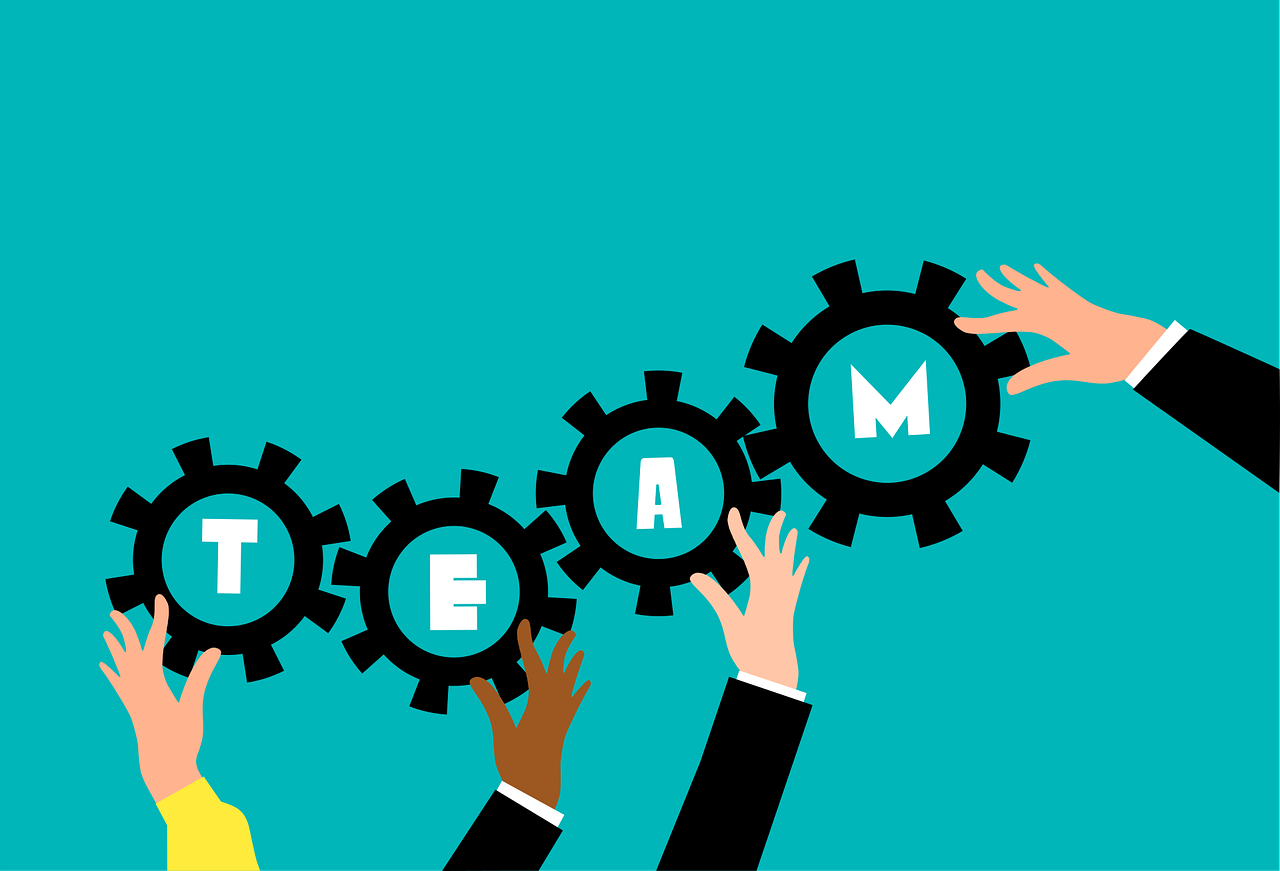Pillar Leadership Styles
Just as with personality styles, there are numerous ways to categorize leadership styles. We’ll look at some different frameworks and at some situations in which you might need to apply each one. Consider this another tool in your toolbox – the toolbox of a leader who can be flexible to the needs of their team – but also to the needs of the work situation itself.
AUTOCRATIC LEADERSHIP STYLE

Characteristics
- Chooses to make the majority of decisions on their own
- Prefers to keep control and responsibility over projects
- Isn’t very likely to delegate decision making to others
- Perfers clear structure and sets rigid expectations
- Rarely consults with others
- Isn’t very interested in developing their skills
- Style is considered old-fashioned now
Advantages
- Short-term reduction of stress for leader
- Decisions can be made quickly
- When speed is important this is a good choice
- Useful for projects that have to be implemented in a hurry
- Helpful style for unmotivated employees
Disadvantages
- Not a popular style for the long-term
- Can have detrimental effects on the workforce as a whole
- Team members don’t develop their decision-making skills
- A long-term increase of stress for leader
- Employees stop feeling invested in the company/its services
- Can lead to reduced motivation and morale in employees
- Ability to function becomes entirely reliant upon leader
- When leader leaves or is absent, team’s productivity suffers
When To Use It
- Short-term, complex, technical, or urgent projects
- Low-skilled positions with monotonous tasks that can lead to low motivation
- Where there is high turnover in employees
DEMOCRATIC LEADERSHIP STYLE

Characteristics
- Makes decisions as a group
- Shares responsibility for making decisions, changes, deadlines
- Delegates a great deal of work
- Lets others have a say in what portion of work they take on
- Seeks continual feedback and looks for opportunities for
development for themselves and their team - Style is considered popular, creates a harmonious, productive,
evolving workforce
Advantages
- Team members are more dedicated to their work
- They take ownership of situations
- Usually willing to work harder
- Reduced amount of internal politics
- Employees less likely to cover-up mistakes
- More likely to be honest about problems they see in process
- Decision-making is naturally improved
- Overall work environment is more positive and collaborative
- Less turnover in employees
Disadvantages
- Decisions can’t be made quickly
- Style doesn’t work for high-pressure
need for fast decisions - Leader may be forced to change to
autocratic style in some cases - They must work at creating a balance
between allowing others to take lead and
keeping control of the overall process
When To Use It
- When it’s important that every team member contributes
their own creativity and knowledge to the process - When ready to prioritize training and team development
- When creating a new team of people who have not worked
together before and need to get in gear quickly
BUREAUCRATIC LEADERSHIP STYLE

Characteristics
- Focuses on making certain employees follow rules consistently
- Employees are rewarded for following rules and producing
consistently rather than for innovation or brainstorming - Environment is more formal with clear distinctions between
leaders and their employees - Leader gains authority more from their position
- Style became popular when industrial era began
Advantages
- Helps promote consistent output and quality
- Useful when work is repetitive but most be
done the exact same way each time - Improve productivity in some environments
- Useful when tasks are highly segregated and
dependent on each other - Can cut costs
Disadvantages
- Environment can be very de-humanizing to individuals
- Employees perform their duties repetitively and without
any personal creativity - Can harm organization in the long run
- Leaders become territorial and see other leaders as rivals
- Can result in politics and excessive, restrictive policies
- Distinct segments can result in communication problems
When To Use It
- When producing the image of regulation and control
- Where there needs to be rigid controls over health and safety measures
CHARISMATIC LEADERSHIP STYLE

Characteristics
- Inspires and influences the actions of others
- Commits to vision which they have to communicate to their team
- Often creates the vision, requiring the ability to generate excitement in others about new, possibly risky ideas
- Requires a great deal of energy to ‘sell’ the team on the vision and
mission of the organization - Builds trust by demonstrating personal integrity
Advantages
- The team is powerful with a charismatic leader
- Leader is committed, loyal, and willing to deliver above and beyond what is expected of them
- Includes and encourages each team member, and focuses on their development
- Team can be wildly creative and generate interesting,
forward-thinking solutions to existing or new problems - Team members will become leaders on their own, helping and encouraging teammates to remain committed to the vision
Disadvantages
- Requires a great deal of time from the leader
- They must constantly be responsible for
representing the vision of the organization
and embodying it in all that they do - Can be stressful for the leader, taking time
away from other responsibilities - Leaves little room for making normal human
errors, since so much relies on the personal
relationships
When To Use It
- When commitment to a vision is the most important aspect
- If there is the need to work quickly, work hard, and get a new
company, division, or product off the ground - When rejuvenating an organization where team members
have gotten stale or disheartened